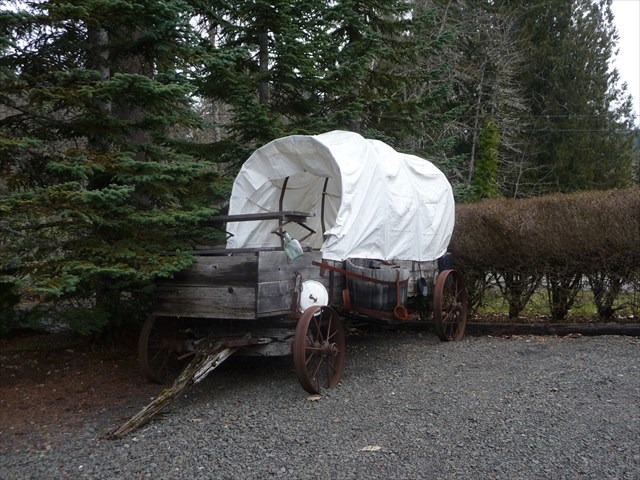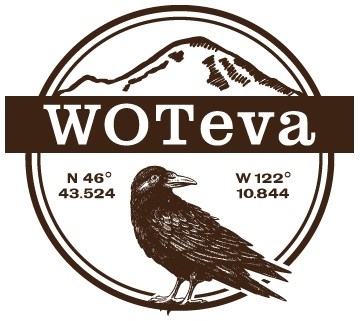BE BEAR AWARE: In Sept 2023, I spotted a bear cub just a few hundred feet down the road. Momma bear is likely nearby.
This property has been placed on the National Register of Historic Places by the United States Department of the Interior. The plaque is visible just past the porch steps as you head into the building. Our actual wedding site is just across the street, as noted in the Additional Coordinates "Reference Point." Gorgeous view.
HISTORY:
 from Wikipedia:
from Wikipedia:
The first known mention of a "Conestoga wagon" was by James Logan on December 31, 1717 in his accounting log after purchasing it from James Hendricks. It was named after the "Conestoga River" or "Conestoga Township" in Lancaster County, Pennsylvania, and thought to have been introduced by Mennonite German settlers. (The groom is originally from Lancaster, Pennsylvania.)
The Conestoga wagon was built with its floor curved upward to prevent the contents from tipping and shifting. The average Conestoga wagon was 18 feet long, 11 feet high, and 4 feet in width. It could carry up to 12,000 pounds (5,400 kg) of cargo. The cracks in the body of the wagon were stuffed with tar to protect them from leaking while crossing rivers. Also for protection against bad weather, stretched across the wagon was a tough, white canvas cover. The frame and suspension were made of wood, and the wheels were often iron-rimmed for greater durability. Water barrels built on the side of the wagon held water, and toolboxes held tools needed for repair on the wagon. Also, the feedbox on the back of the wagon was used to feed the horses.
UPDATE: rtmyss told us in her Found It log that this is actually not a Conestoga Wagon but a Prairie Schooner. Thanks, rtmyss.
Our wedding logo:
